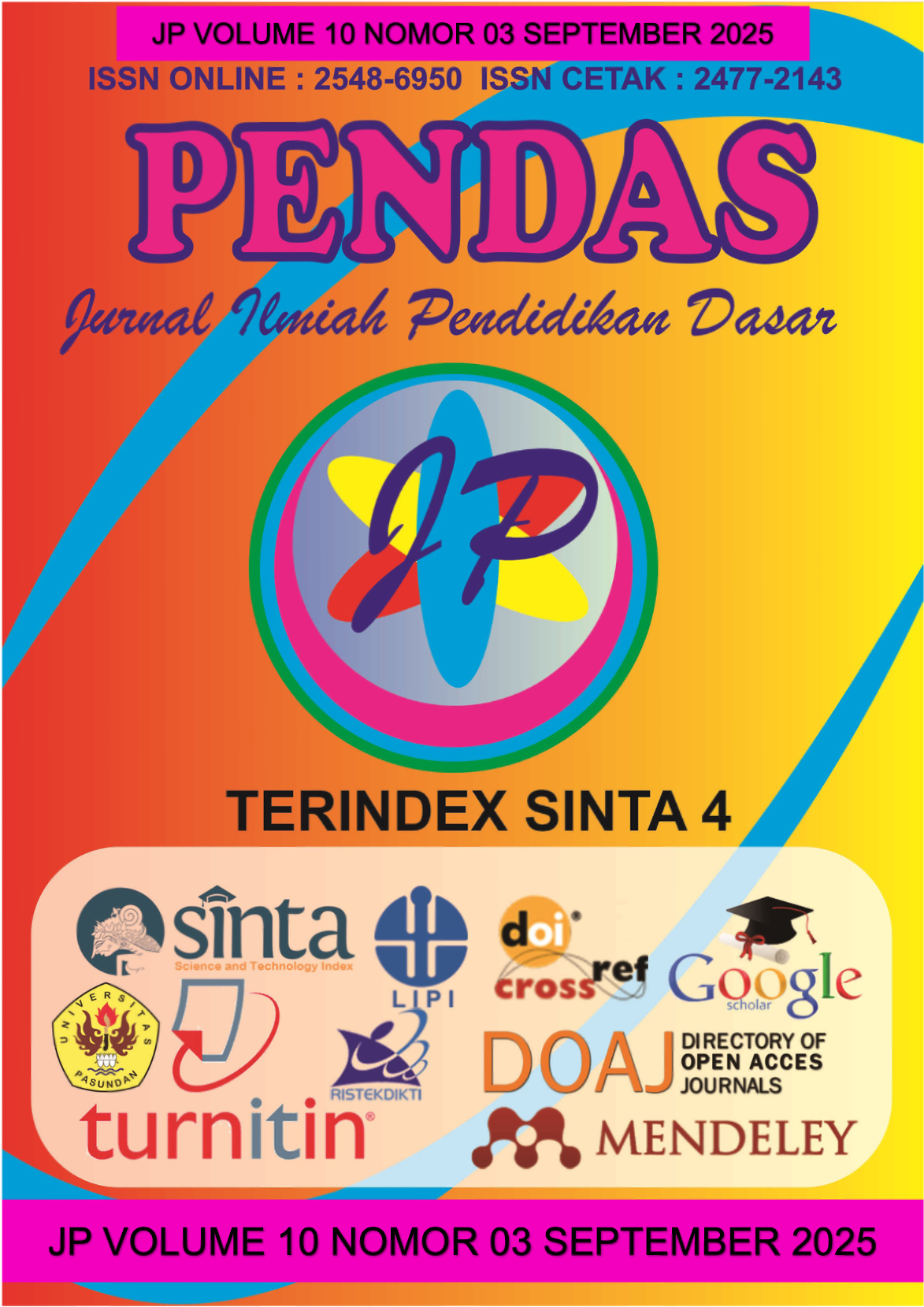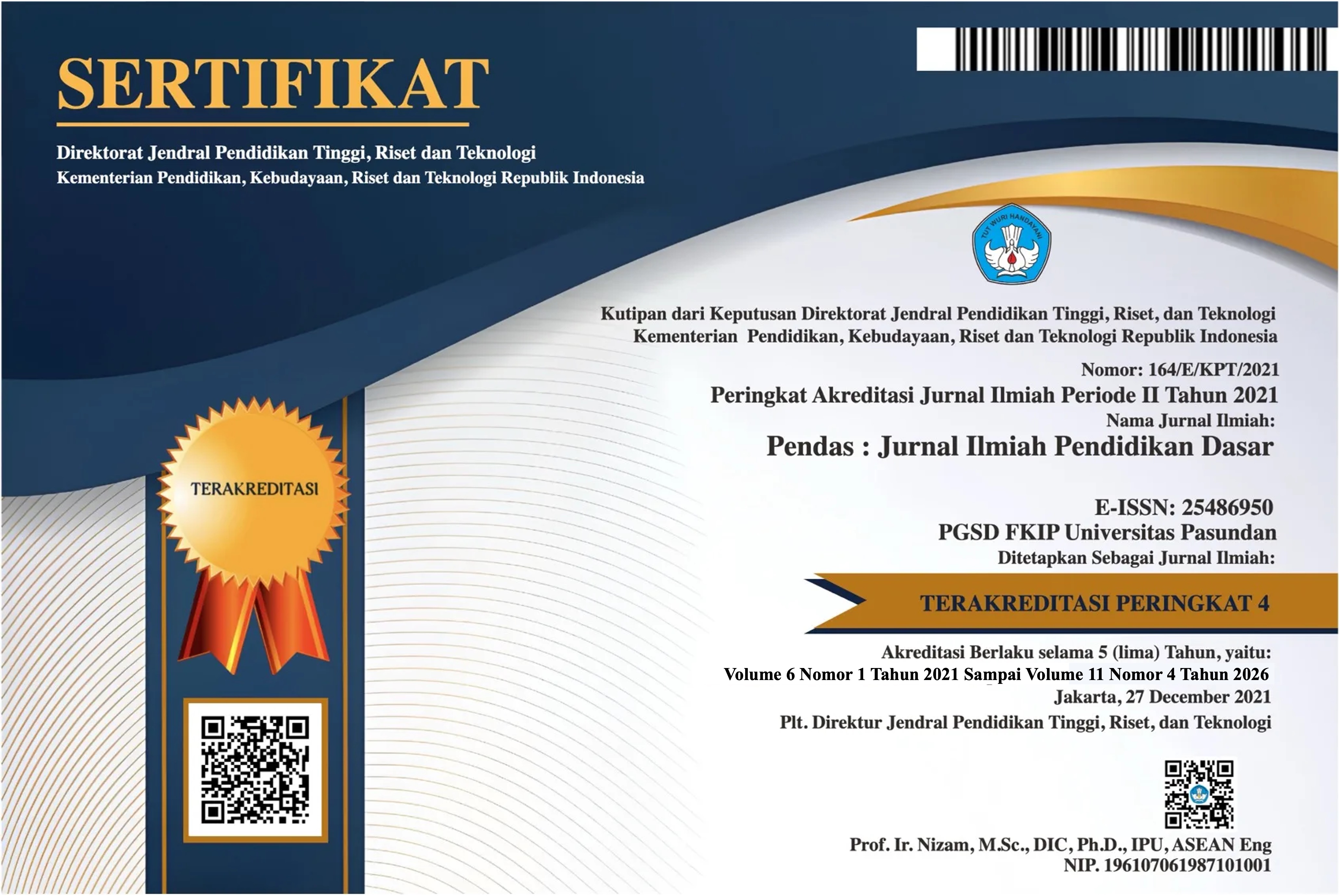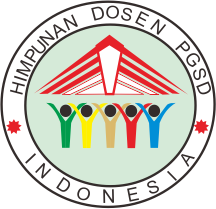NILAI ESTETIS TIDI LO BITU’O (STUDI KASUS DI SANGGAR TUMULA GORONTALO)
DOI:
https://doi.org/10.23969/jp.v10i03.31132Keywords:
Aesthetics, Tidi Lo Bitu’o, Tumula Studio GorontaloAbstract
This study was conducted due to the beauty of one of Gorontalo’s traditional art
forms. The type of art referred to is tidi, meaning “dance.” Among the eight types
of tidi in Gorontalo, Tidi Lo Bitu’o stands out as particularly captivating. This study
addresses two main problems: identifying the components of Tidi Lo Bitu’o and
examining how its structure conveys aesthetic value. The study employed a
qualitative case study approach, focusing on analyzing the dance performances of
the Tumula Studio dancers, using Janet Adshead’s theoretical framework as
presented in Riana Diah Sitharesmi’s book, alongside A.A.M. Djelantik’s theory of
aesthetics. The study aims to describe Tidi Lo Bitu’o’s components and interpret
the aesthetic values embodied within its structure. The findings reveal that the
components of Tidi Lo Bitu’o include movements, dancers, visual set elements
(stage setting, lighting, costumes, facial makeup, hair styling, and props), and
aural elements in the form of accompanying music, featuring lyrics sung in the
Gorontalo language accompanied by rebana and koloko’o instruments. Regarding
aesthetic values based on A.A.M. Djelantik’s framework, three key aspects were
identified: unity, demonstrated through the relationship among movements,
dancers, visual set, and aural elements; emphasis, found in the opening sequence
through the music, dancers with salenthangi props, and the core section where the
bitu’o prop is actively used along with the music; and balance or harmony,
observed through the blending elements of Tidi Lo Bitu’o and the relationship
between the two props used, salenthangi and senthangi.
Downloads
References
Baruadi, Moh Karmin, Apriyanto Joni
dan Eraku Sunarty. Sejarah
kebudayaan Gorontalo.
Daulima, F dan Reiners Bila (2006).
Mengenal
Tarian Daerah
Tradisional dan Klassik.
Gorontalo: Galeri Budaya LSM
Mbu’i Bungale – Limboto.
Djelantik, AAM. (1999). Estetika
Sebuah Pengantar.
Masyarakat Seni Pertunjukan
Indonesia, Bandung.
Djafar, Nurlia (2014). “Simbol dan
Makna Tari Langga Buwa
Karya Muraji Bereki” (skripsi).
Yogyakarya: Institut Seni
Indonesia Yogyakarta.
_____________________(2007).
Kajian Tari Teks dan Konteks.
Yogyakarta: Pustaka Book
Publisher.
Hakim M. Lukman, Sri Nurlelah
Sabubu, Suci Wulandari.
Kamus Budaya Suwawa.
Gorontalo: Kantor Bahasa
Provinsi Gorontalo.
Jazuli, M.
(2008).
Paradigma
Kontekstual Pendidikan Seni.
Semarang: Unesa University
Press.
Kartika, D Sony dan Nanang G.
Perwira (2004).
Pengantar
Estetika. Bandung: Rekayasa
Sains.
Kau, Sofyan A.P (2020). ISLAM DAN
BUDAYA
LOKAL ADAT
GORONTALO.
Malang:
Inteligensia Media.
Md, Slamet (2016). Melihat Tari.
UNS: Citra Sain.
Murgiyanto, Sal (1992). Koreografi.
Jakarta: Pusat Perbukuan
Departemen Pendidikan dan
Kebudayaan.
Nursanti, Kes (2019). “Nilai Estetis
Tari Lawet di Kabupaten Kebumen”. Jurnal Seni Tari
Vol.8 No.2. Semarang:
UNNES.
Ohi, Rahmawati (2020). “Polopalo:
Tinjauan Etno Organologi
Akustik.” Jurnal
Etnomusikologi Vol.16 No.2.
Selonding.
Pulukadang, M. A., DKK. (2023).
Bahan Ajar Wawasan Budaya.
Jawa Timur Uwais Inspirasi
Indonesia
Rahmawati, A. Indah (2016). “Nilai
Estetis Tari Prasonto Desa
Soneyan Kecamatan
Margoyoso Kabupaten Pati”
(Skripsi). Semarang:
Universitas Negeri Semarang.
Ratna, Nyoman K (2007). Estetika
Sastra dan Budaya.
Yogyakarta: Pustaka Belajar.
________________
(2010).
Metodologi Penelitian Kajian
Budaya dan Ilmu Sosial
Humaniora Pada Umumnya.
Yogyakarta: Pustaka Belajar.
Sitharesmi, Riana Diah dan Trubus
Semiaji (2023). Analisis Tari.
Yogyakarta: Deepublish
Publisher.
Sitharesmi, Riana Diah (2024).
Kontemporeritas BedoyoLegong Calonarang: Sebuah
Tinjauan Estetika Dan
Hermeneutika Gadamerian.
Yogyakarta: Deepublish
Publisher.
Downloads
Published
Issue
Section
License
Copyright (c) 2025 Pendas : Jurnal Ilmiah Pendidikan Dasar

This work is licensed under a Creative Commons Attribution 4.0 International License.



















